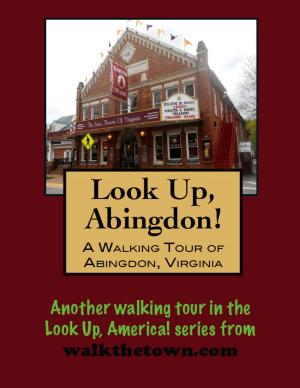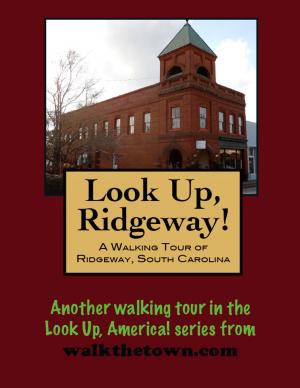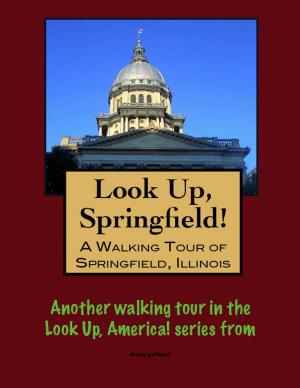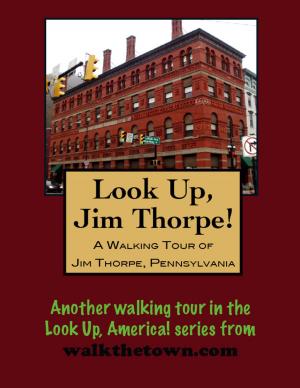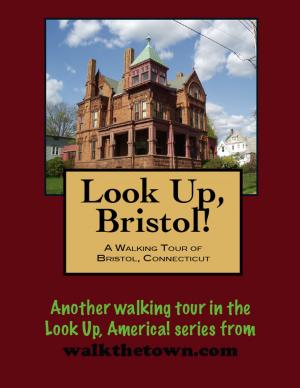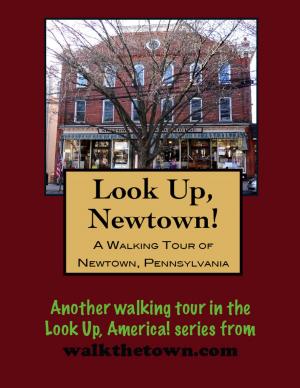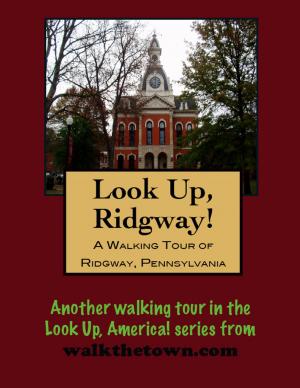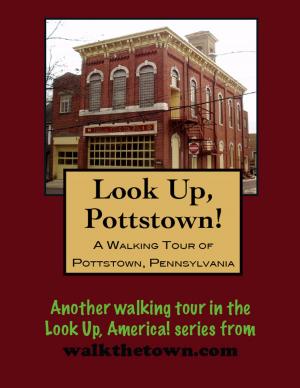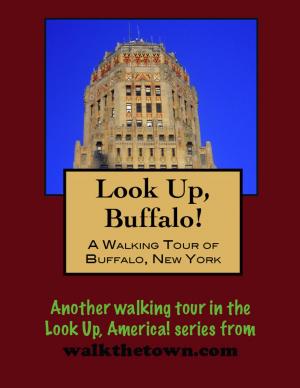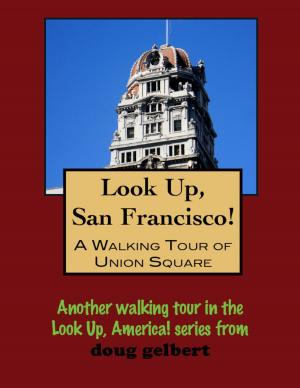| Author: | Doug Gelbert | ISBN: | 9781458084064 |
| Publisher: | Doug Gelbert | Publication: | March 4, 2011 |
| Imprint: | Smashwords Edition | Language: | English |
| Author: | Doug Gelbert |
| ISBN: | 9781458084064 |
| Publisher: | Doug Gelbert |
| Publication: | March 4, 2011 |
| Imprint: | Smashwords Edition |
| Language: | English |
There is no better way to see America than on foot. And there is no better way to appreciate what you are looking at than with a walking tour. This walking tour of Ellicott City, Maryland is ready to explore when you are. Each walking tour describes historical, architectural landmarks, cultural sites and ecclesiastic touchstones and provides step-by-step directions.
Every tour also includes a quick primer on identifying architectural styles seen on American streets.
In 1772, the Quaker brothers, John, Andrew and Joseph Ellicott of Bucks County, Pennsylvania, chose the picturesque wilderness upstream from Elk Ridge Landing to establish a flour mill. The brothers helped revolutionize farming in this area by persuading farmers to plant wheat instead of tobacco, and by introducing fertilizer to revitalize the depleted soil. Charles Carroll was one of the first and the most influential converts from tobacco to wheat. It was to Carroll’s estate that the Ellicott brothers built the first part of a road that was later to become the National Road, America’s first interstate highway.
The Ellicotts made significant contributions to the area and the era. They helped create Ellicott’s Mills, one of the greatest milling and manufacturing towns in America at that time. They built roads, bridges and a wharf in Baltimore, introduced the wagon brake and championed plaster as a fertilizer, erected iron works, a furnace, rolling mills, schools, a meeting house, shops and beautiful granite houses.
In 1830, Ellicott’s Mills became the first terminus of the Baltimore and Ohio Railroad outside Baltimore. The old station, which stands today as a museum, has been designated a National Historic Landmark by the U.S. Department of the Interior. The famous race between Peter Cooper’s iron engine, the Tom Thumb, and a horse-drawn carriage took place at Relay on the return trip from Ellicott’s Mills in August of 1830. Even though the horse won the race due to a broken drive belt, steam engines steadily improved, and the railroad became a vital link in the town’s economy.
By 1861, Ellicott’s Mills was a prosperous farming and manufacturing area, and the site of the courthouse when the Howard District of Anne Arundel County, Maryland, was so designated in 1839. Howard County, Maryland, became an official independent jurisdiction in 1851. In 1867, a city charter was secured for Ellicott’s Mills, and the name was changed to “Ellicott City.” The only chartered city in the county, Ellicott City lost its charter in 1935 and was designated an historic district by the county in 1973. As of the 2000 Census, Ellicott City surpassed Towson, Maryland as the largest unincorporated county seat in the state.
Ellicott City may well be one of the most haunted small towns on the east coast. Several mansions and places around Town are known far and wide for having strange and disturbing occurrences. Braving that, our walking tour will start at the Thomas Isaac Log Cabin, the oldest surviving residential structure in Ellicott City, now a living history center with abundant parking...
There is no better way to see America than on foot. And there is no better way to appreciate what you are looking at than with a walking tour. This walking tour of Ellicott City, Maryland is ready to explore when you are. Each walking tour describes historical, architectural landmarks, cultural sites and ecclesiastic touchstones and provides step-by-step directions.
Every tour also includes a quick primer on identifying architectural styles seen on American streets.
In 1772, the Quaker brothers, John, Andrew and Joseph Ellicott of Bucks County, Pennsylvania, chose the picturesque wilderness upstream from Elk Ridge Landing to establish a flour mill. The brothers helped revolutionize farming in this area by persuading farmers to plant wheat instead of tobacco, and by introducing fertilizer to revitalize the depleted soil. Charles Carroll was one of the first and the most influential converts from tobacco to wheat. It was to Carroll’s estate that the Ellicott brothers built the first part of a road that was later to become the National Road, America’s first interstate highway.
The Ellicotts made significant contributions to the area and the era. They helped create Ellicott’s Mills, one of the greatest milling and manufacturing towns in America at that time. They built roads, bridges and a wharf in Baltimore, introduced the wagon brake and championed plaster as a fertilizer, erected iron works, a furnace, rolling mills, schools, a meeting house, shops and beautiful granite houses.
In 1830, Ellicott’s Mills became the first terminus of the Baltimore and Ohio Railroad outside Baltimore. The old station, which stands today as a museum, has been designated a National Historic Landmark by the U.S. Department of the Interior. The famous race between Peter Cooper’s iron engine, the Tom Thumb, and a horse-drawn carriage took place at Relay on the return trip from Ellicott’s Mills in August of 1830. Even though the horse won the race due to a broken drive belt, steam engines steadily improved, and the railroad became a vital link in the town’s economy.
By 1861, Ellicott’s Mills was a prosperous farming and manufacturing area, and the site of the courthouse when the Howard District of Anne Arundel County, Maryland, was so designated in 1839. Howard County, Maryland, became an official independent jurisdiction in 1851. In 1867, a city charter was secured for Ellicott’s Mills, and the name was changed to “Ellicott City.” The only chartered city in the county, Ellicott City lost its charter in 1935 and was designated an historic district by the county in 1973. As of the 2000 Census, Ellicott City surpassed Towson, Maryland as the largest unincorporated county seat in the state.
Ellicott City may well be one of the most haunted small towns on the east coast. Several mansions and places around Town are known far and wide for having strange and disturbing occurrences. Braving that, our walking tour will start at the Thomas Isaac Log Cabin, the oldest surviving residential structure in Ellicott City, now a living history center with abundant parking...

